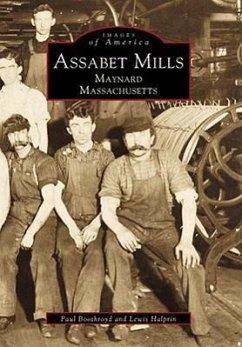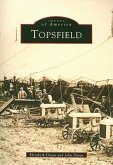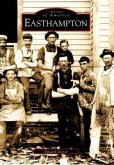The sleepy town of Assabet Village woke up very quickly when the Assabet Mills was built in 1847. Dams were constructed on the river, millponds were created, and large mills began producing yarn and carpets. Soon the village was turning into a town with stores, churches, schools, and government. As the mill grew, so did the town; the population grew to 7,000 people by 1905. During good times, the mill prospered, but during bad times, it faltered and had to re-invent itself. It had almost as many lives as the proverbial cat. The carpet mill faltered in 1857, but in 1862, the Assabet Manufacturing Company started producing woolen materials and blankets to support the Civil War. This mill faltered in 1898, but in 1899, the American Woolen Company bought the mills and greatly expanded them. In 1950, the woolen company faltered and shut down completely, but in 1957, Digital Equipment moved in. Digital faltered in 1997 and sold the buildings to Clock Tower Place, which is converting the mills into first-class industrial space. Today, the mills are attracting a new set of small industries. This book is filled with images of the various "lives" of the mill complex. Photographs featured within these pages show mill employees at work and at play; workers' homes; the evolution of the mill buildings; and the products produced and sold by the mill. There is even a chapter that shows how wool products are produced.







